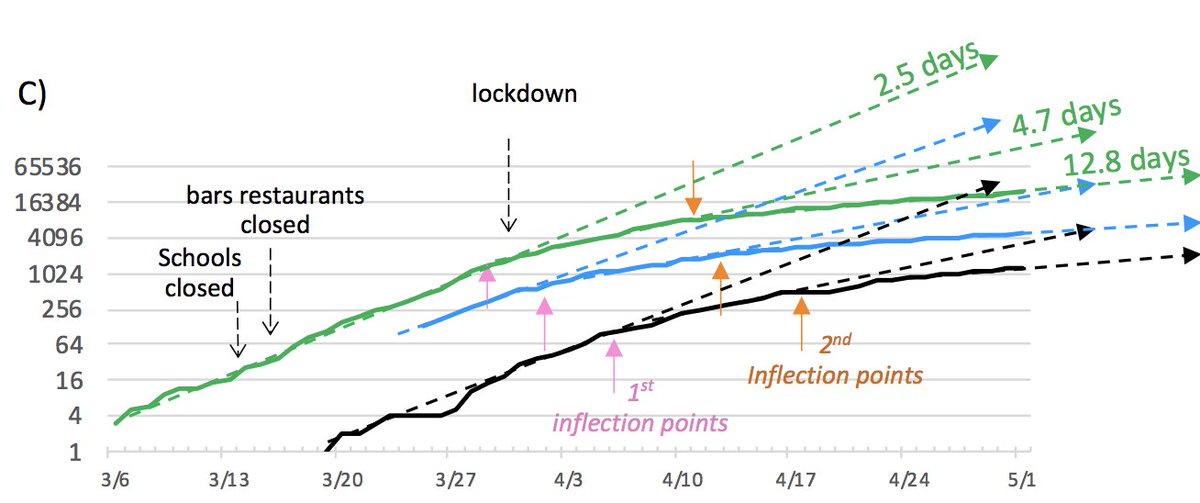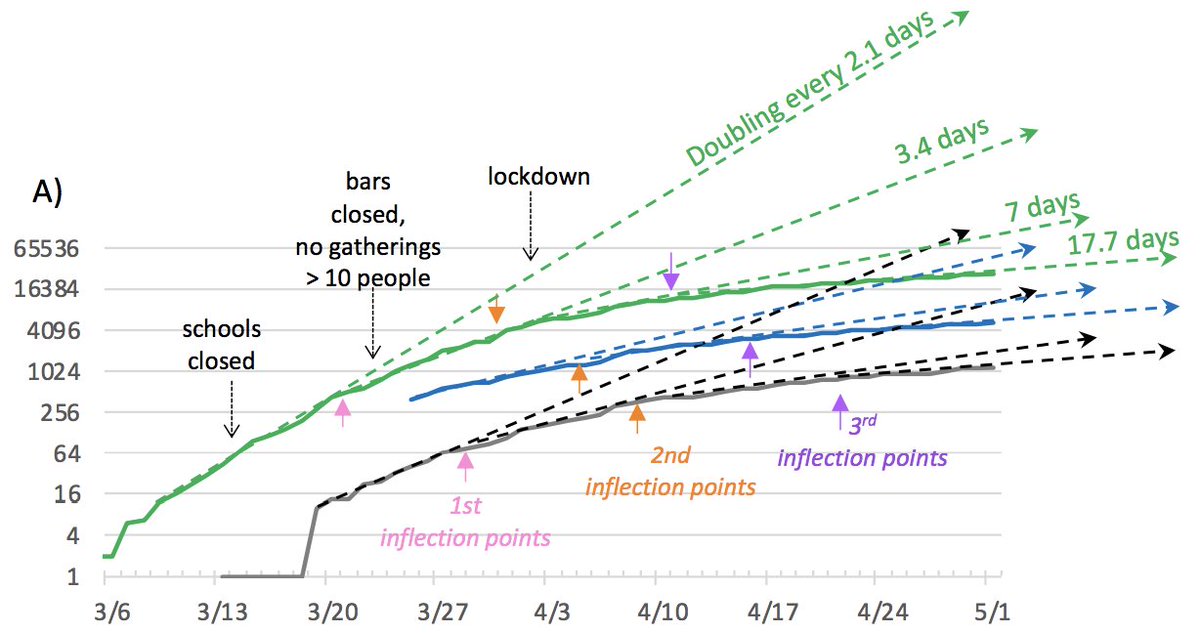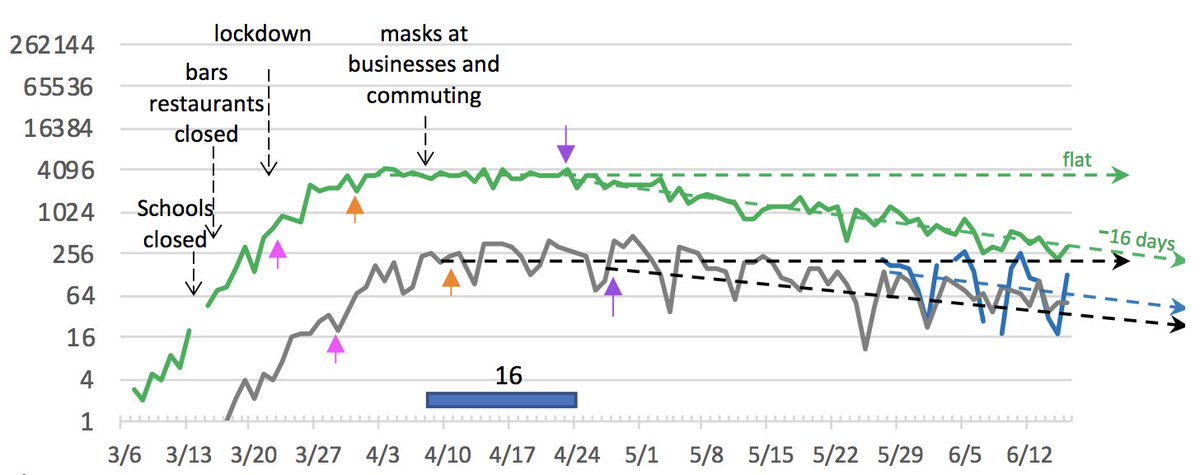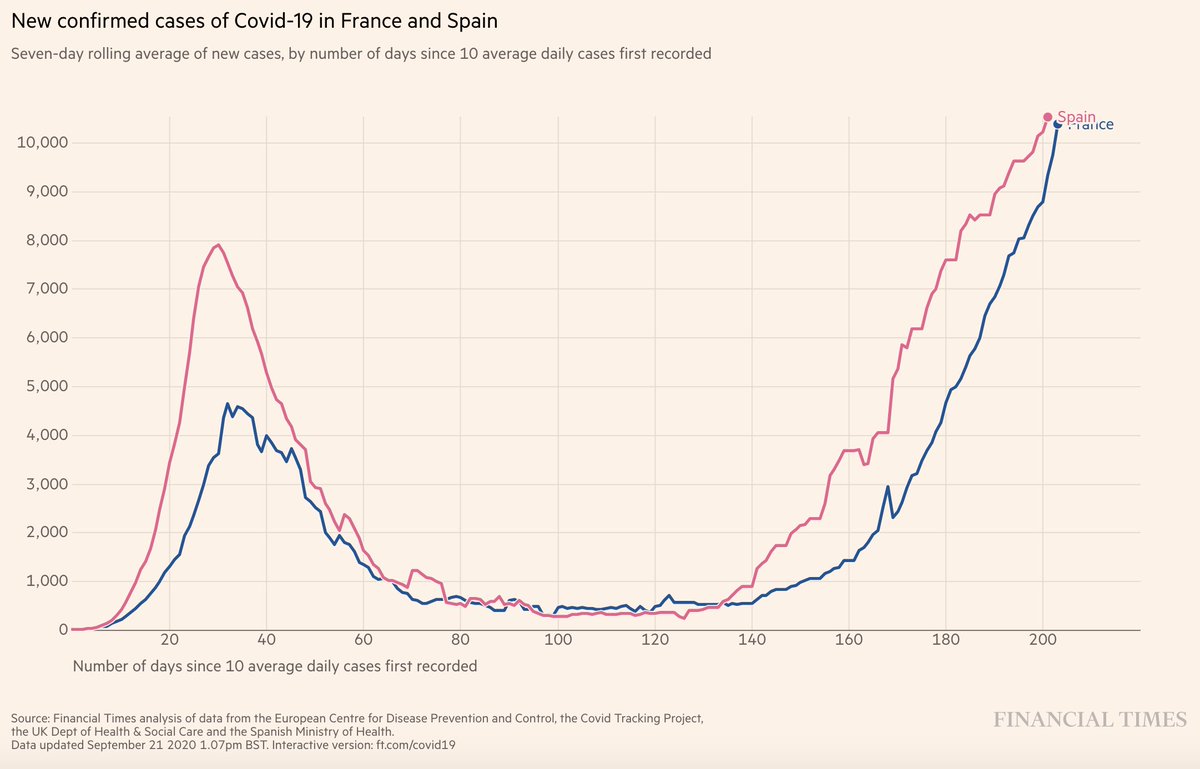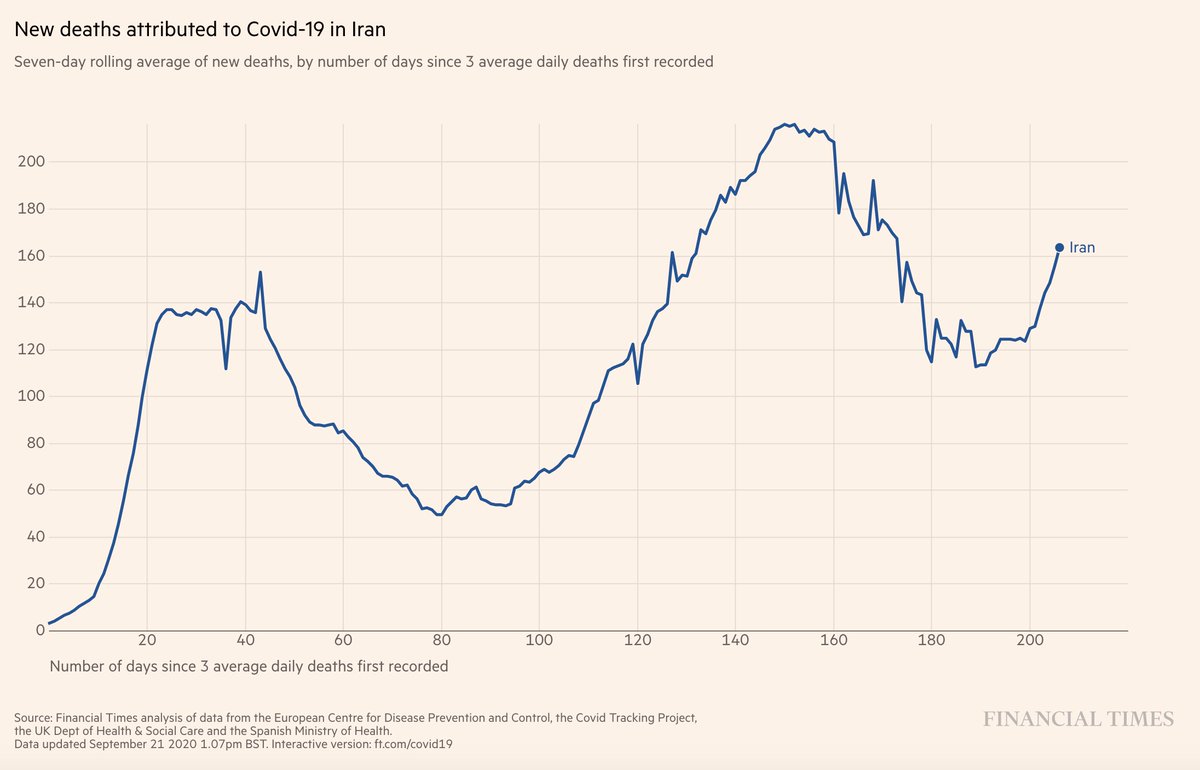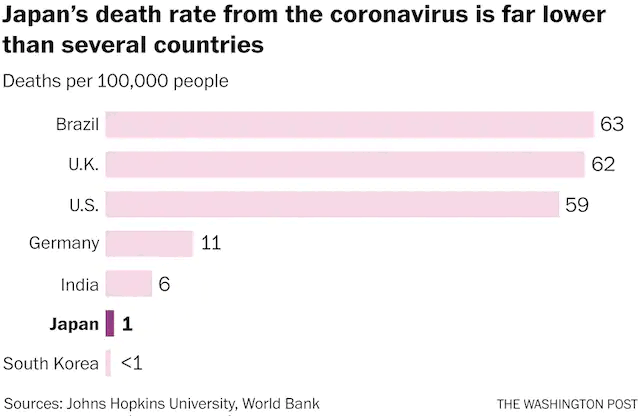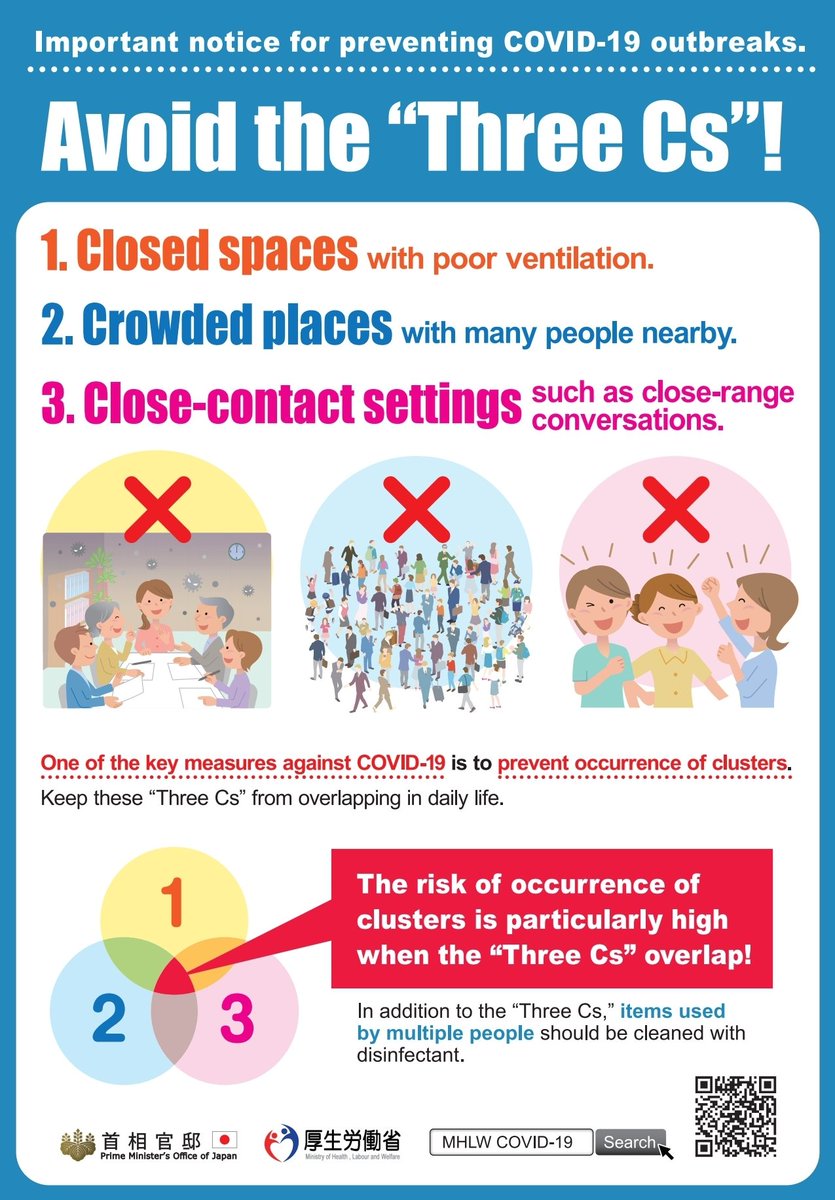
Our correspondence in THE LANCET: idea of herd immunity through natural infection is deeply flawed. Uncontrolled transmission in younger people risks morbidity and mortality across the entire population, impact the workforce, overwhelm health care systems. #JohnSnowMemo 1/3 

Furthermore, as of now there's no evidence for lasting protective immunity to SARS-CoV-2. Herd strategy would not end the pandemic but result in recurrent epidemics, as was the case with numerous infectious diseases before the advent of vaccination. 2/3
thelancet.com/journals/lance…
thelancet.com/journals/lance…
Japan, Vietnam, others, used public health to control transmission, allowing a return to near-normal. Controlling spread is the best way forward until safe, effective vaccines & therapeutics.
To support an evidence-based approach, sign the memorandum. 3/3
johnsnowmemo.com
To support an evidence-based approach, sign the memorandum. 3/3
johnsnowmemo.com
• • •
Missing some Tweet in this thread? You can try to
force a refresh


